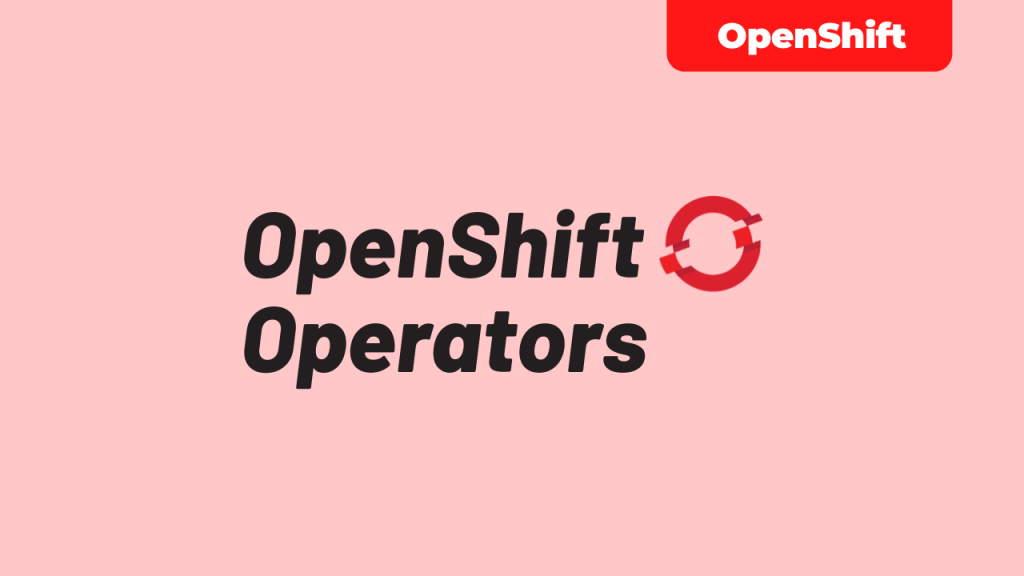
Welcome back to the OpenShift BootCamp series.
In this video you will learn the Kubernetes Operators, Custom Resource Definition (CRD) and Using Operators in OpenShift
Please check the OpenShift BootCamp playlist if you missed any of the videos.
An Operator is a method of packaging, deploying and managing a Kubernetes-native application.
redhat.com
Let us explore something in detail. You need to deploy an application in OpenShift or Kubernetes. Then you need to know,
- how to deploy your application to the OpenShift cluster
- how to scale the application by creating multiple replicas based on application type
- how to backup/recover
- Integration
This will become complicated when you want to deploy complex stateful applications which have multi-replica database pods or integrations. And you have to do the same work when you deploy to another OpenShift cluster or another project.
What if you can automate these operations using some software and the software can do all the above tasks automatically ? So all those manual operations can be automated using Operators, yes instead of users deploy and maintain the applications, Operators will take care of it.
You have your default objects or resources in Kubernetes like,
- deployments
- pods
- ConfigMaps
- secrets
- services
- persistentvolumes
- etc.
Operators are extensions to the Kubernetes. Operators will help to create new object types in Kubernetes using Custom Resource Definition or CRD. Using the Operator you can install the application without worry as the operator will take care of all complex configurations and operations.
Operator Hub is the web interface to discover, publish and use operators. You can find a lot of operators contributed by the industry experts, community and other vendors. You can also use operators from the Red Hat marketplace.
You can develop your own Kubernetes Operators using Operator Framework which is an open source toolkit to design, develop, maintain and manage kubernetes operators and applications.
That’s all for the OpenShift operators. Stay tuned for the upcoming OpenShift BootCamp videos
